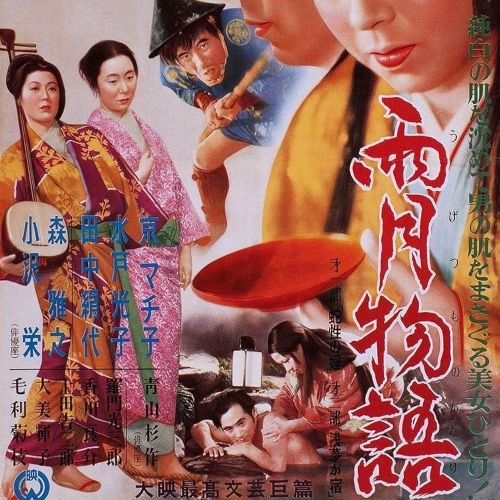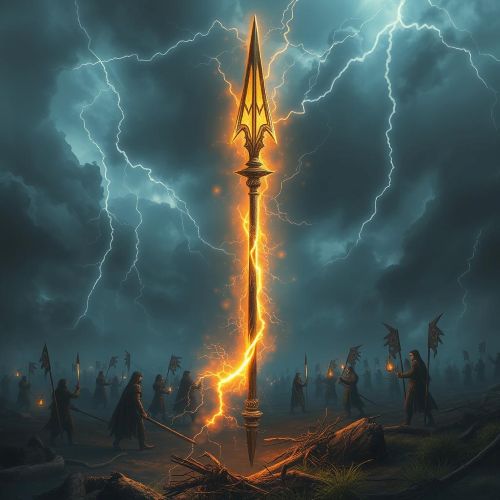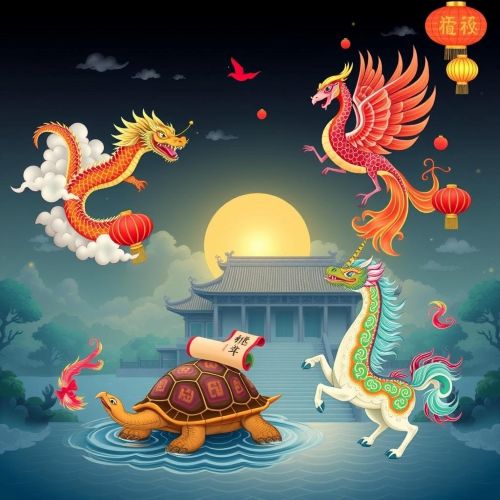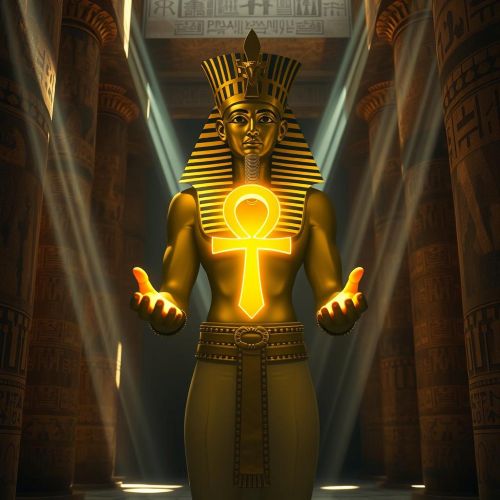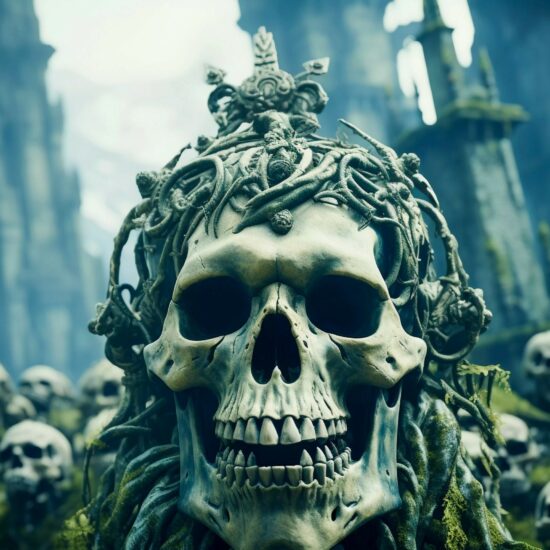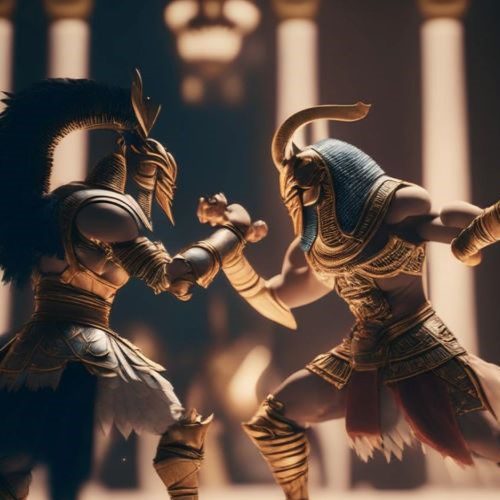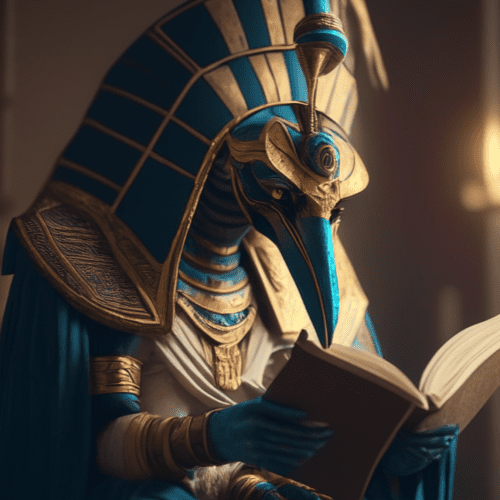The Book of the Dead: Egypt’s Guide to the Afterlife
The Book of the Dead is one of the most intriguing and misunderstood texts from ancient Egyptian mythology. Often depicted as a manual for the afterlife, this collection of spells, prayers, and incantations offers an extraordinary insight into how the ancient Egyptians viewed death, rebirth, and the eternal journey of the soul. Far from being a single “book” in the modern sense, the Book of the Dead is a fluid and evolving compilation that was personalized for each individual and tailored for their spiritual needs in the afterlife.
Origins and Development
The concept of the Book of the Dead evolved over time, beginning in Egypt’s Old Kingdom with what were known as the Pyramid Texts—inscriptions carved into the walls of royal tombs. Later, these evolved into the Coffin Texts during the Middle Kingdom, which were written on the coffins of non-royal individuals. It wasn’t until the New Kingdom (circa 1550 BCE) that these writings developed into the form we recognize today as the Book of the Dead.
Unlike a book in the traditional sense, the Book of the Dead was usually written on papyrus scrolls and placed in the tomb of the deceased. These texts were often commissioned before death and could be lavishly illustrated depending on the wealth and status of the individual.
Purpose and Meaning
The main purpose of the Book of the Dead was to guide the soul, or ka, through the perilous journey of the afterlife known as the Duat. The Duat was filled with challenges—dangerous creatures, divine judges, and mystical gates—that had to be navigated successfully for the soul to reach Aaru, the Egyptian paradise.
The Book of the Dead served as a spiritual roadmap, offering the deceased protection spells, ritual instructions, and knowledge of divine names that granted them power in the underworld. The most famous of these spells is Spell 125, the “Weighing of the Heart,” where the deceased’s heart is weighed against the feather of Ma’at, the goddess of truth. If the heart was lighter than the feather, the soul could pass into paradise; if heavier, it would be devoured by the monstrous goddess Ammit.
Structure and Content
The Book of the Dead contains approximately 200 spells, although the number varies from manuscript to manuscript. These texts fall into several categories:
-
Protective spells to ward off demons and traps
-
Transformational spells to enable the deceased to change forms
-
Navigational spells to pass through the gates of the underworld
-
Moral declarations, such as the Negative Confession, where the deceased claims innocence of 42 sins before the gods
What makes each copy of the Book of the Dead unique is that it was often customized. A priest or scribe would select specific spells believed to be most beneficial for the individual, and they were sometimes accompanied by vivid illustrations—now invaluable to historians for understanding ancient Egyptian beliefs.
Symbolism and Deities
Many important deities feature prominently in the Book of the Dead. Among them are:
-
Osiris – the god of the afterlife, resurrection, and judge of the dead
-
Anubis – the jackal-headed god who presides over embalming and guides souls
-
Thoth – the ibis-headed god of wisdom who records the outcome of the heart-weighing
-
Ra – the sun god, whose journey through the Duat each night reflects the soul’s path
-
Ma’at – the embodiment of truth and cosmic balance
These gods weren’t just symbolic; they played active roles in the mythological narrative that the deceased had to engage with during their journey through the afterlife.
Modern Misconceptions
Despite its name, the Book of the Dead was not a book of dark magic or curses. The term “Book of the Dead” was coined by German Egyptologist Karl Richard Lepsius in the 19th century. In ancient Egyptian, the texts were referred to as the “Book of Coming Forth by Day”, emphasizing the soul’s reawakening and triumph over death.
Hollywood movies and popular culture have often portrayed the Book of the Dead as a source of dangerous magic or necromancy. In reality, it was a deeply spiritual and sacred document meant to ensure eternal peace, not chaos.
Influence and Legacy
The Book of the Dead has had a lasting impact on both academic and spiritual discussions of the afterlife. It represents one of the earliest comprehensive religious texts that sought to explain what happens after death and how the living can prepare for it. Its influence can be seen in later religious traditions that emphasize moral purity, judgment after death, and life beyond the grave. For students and researchers working on similar topics, ensuring originality is key when exploring ancient texts and beliefs—especially when striving to write my essay without plagiarizing while maintaining scholarly integrity.
Many copies of the Book of the Dead can be found today in museums around the world, including the British Museum and the Louvre. Scholars continue to study its texts to gain a better understanding of ancient Egyptian religion, language, and social beliefs.
Conclusion
The Book of the Dead remains one of the most iconic and spiritually rich texts in Egyptian mythology. More than just a set of funerary rites, it reflects the values, hopes, and beliefs of an entire civilization dedicated to mastering the mysteries of life and death. For those fascinated by ancient cultures, mythology, or the afterlife, the Book of the Dead offers a powerful and eternal message: that death is not the end, but a transformation into another realm—one that can be navigated with wisdom, faith, and divine guidance.


